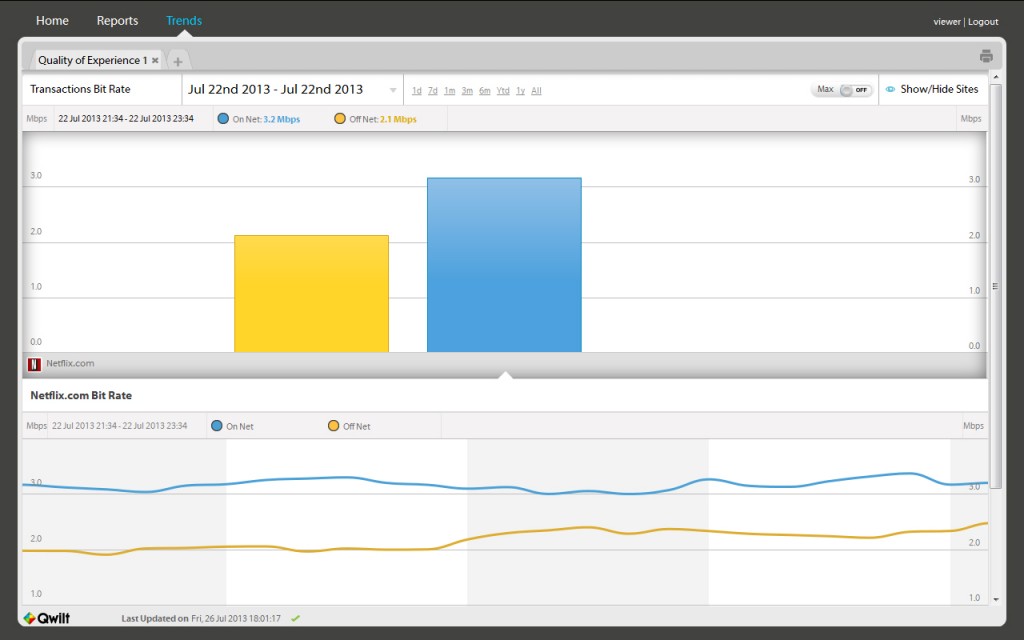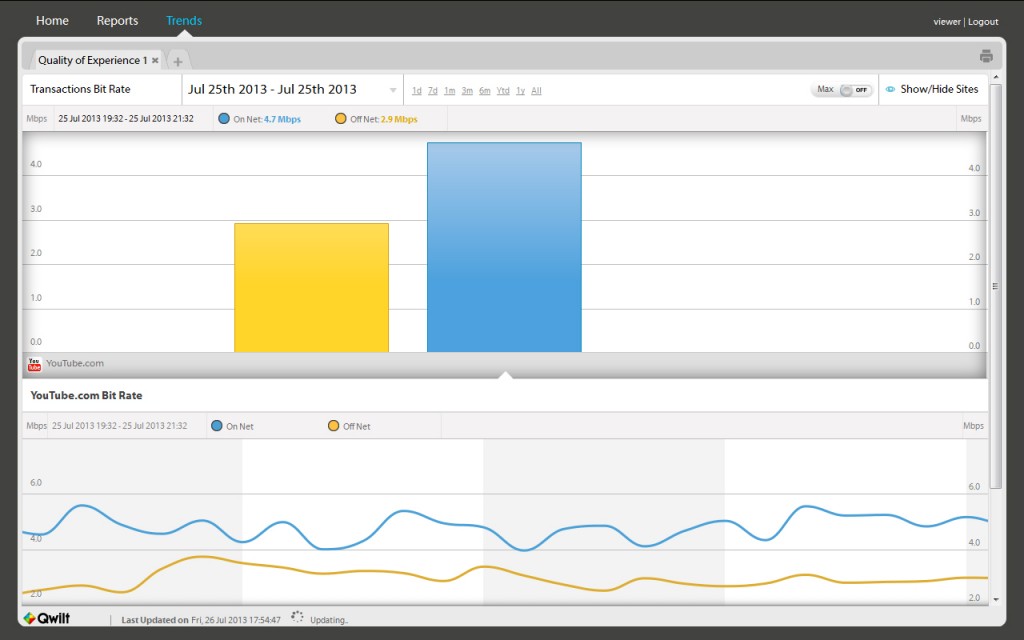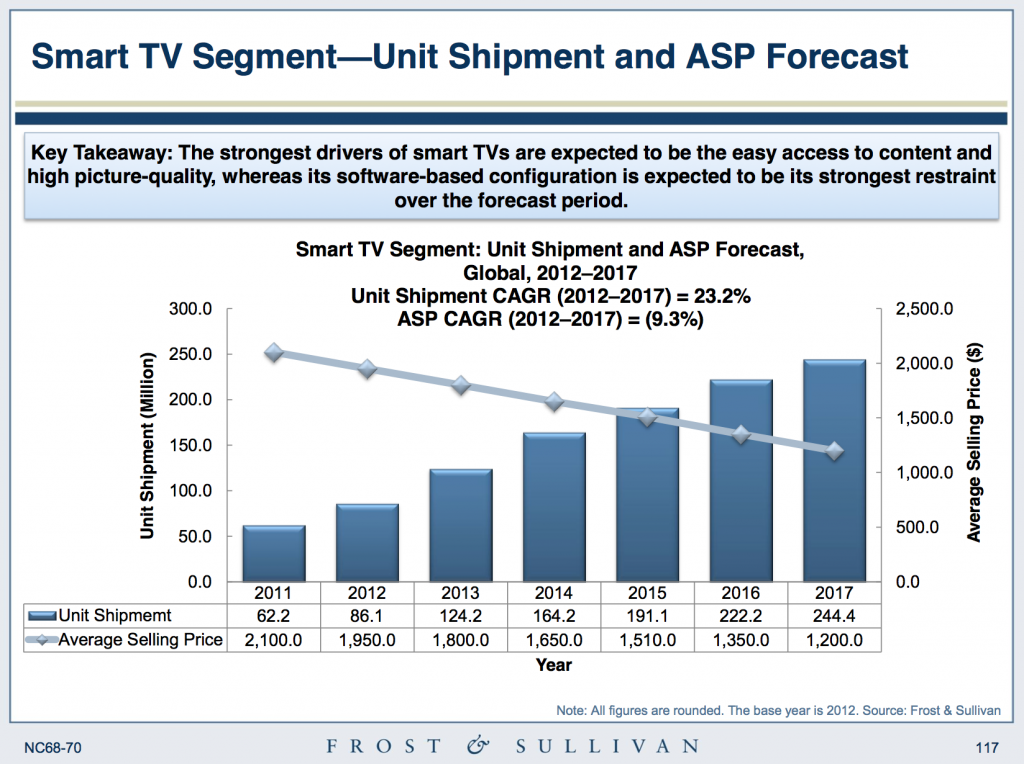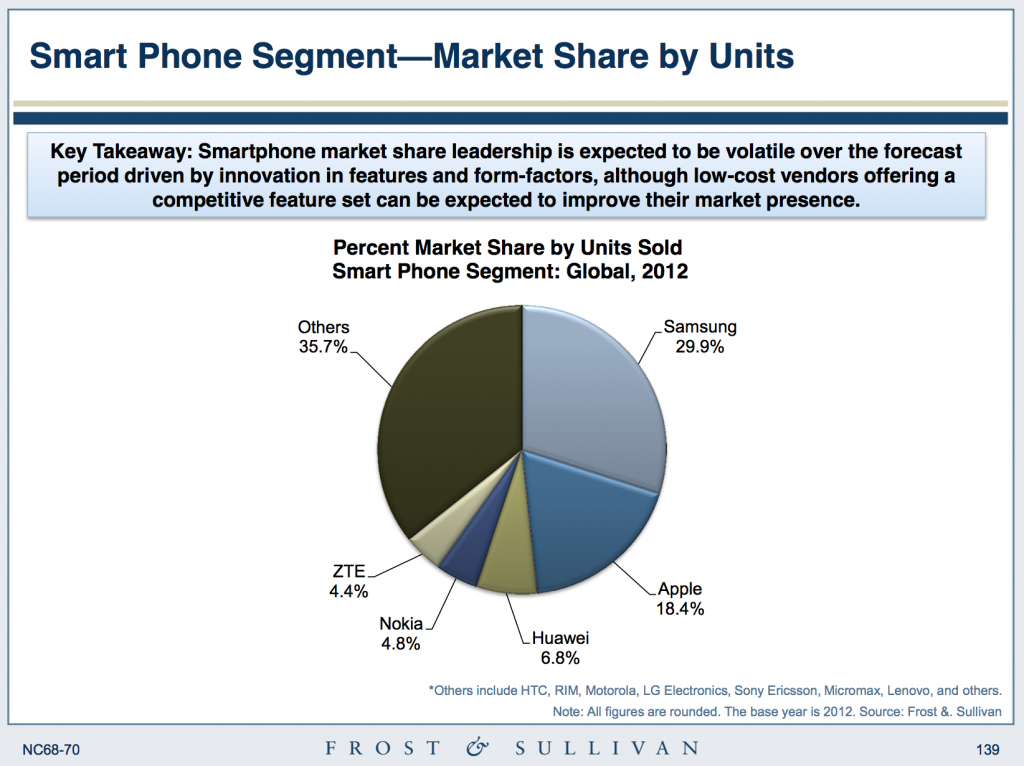Why AOL Paid Too Much For Adap.tv, Inside The Numbers No One Else Is Mentioning
This morning AOL announced it would buy ad technology platform provider Adap.tv for $405M in cash and stock. The strange part is that for all the news outlets that covered the deal, more than 86 by my count, none of the more than two dozen articles I have read even mentions what Adap.tv’s revenues are. I don’t see anyone asking what multiple AOL paid for the company or an article that gives any kind of breakdown on the valuation AOL put on Adap.tv’s business.
I’ve read articles on Ad Age, Ad Week, USA Today, Forbes, Business Insider, New York Times, CNET, Bloomberg, Tech Crunch, GigaOm, WSJ, Venture Beat, PC Magazine and not a single one mentions anything pertaining to Adap.tv’s revenue. As a whole, the media did a really bad job reporting this deal and it seems everyone simply rushed to get something up, but no one told any kind of real story. There is also no real mention in the articles I read on what Adap.tv does, what makes it different from an ad “network” or ad “exchange” and very little details on what Adap.Ttv’s growth has been like over the past seven years. It’s another example of why the current blog model, for most blogs, is wrong when all they are focused on is getting up as many posts as possible that are 700 words or less.
Adap.tv has been around about seven years now and last year, did under $100M in revenue. No one at the company wants to give an exact number, but from multiple sources I have spoken to they put the number at about $85M. Some at the company have been quietly telling people since the beginning of the year that they are on a run rate of “under $140M in revenue for 2013”, but realistically, I expect 2013 revenue to be more in the $120M range. Based on that 2013 projected number, AOL paid 3.5x revenue for Adap.tv. Keep in mind that AOL did say that Adap.tv has “grown global revenue over 100% per year in each of the last three years”, so whenever a company grows revenue by 100%, for many years in a row, you know the base number they are working off of is small. The one post I did read that mentioned revenue numbers (WSJ), said AOL paid 5x Adap.tv’s 2012 revenue, but these deals are done on the projected run rate of revenue for this year, not what they did last year.
Some might suggest that Adap.tv used the recent IPO of Tremor Video, which has a market cap of just over $400M as a way to measure their value, but Tremor Video had raised 2x more cash than Adap.tv ($116M vs. $50M), yet their revenues weren’t 2x higher. Tremor Video did $105.2M in 2012 revenue and wasn’t profitable. Adap.tv wasn’t profitable in 2012 either, but with the scale and resources they will now get thanks to the AOL platform, they probably could be.
I’m sure this is a long-term play for AOL and they are looking at what the future of online video advertising will grow into, but keep in mind that every projection made for this segment of the industry has historically been wrong. Four years ago I wrote a blog post entitled “What’s The Size The Online Video Advertising Market? All Depends On Who You Ask“, and of the eight sources I listed who gave out projections for the next three years, none of them look right. People have been making a lot of predictions about the size and growth of the online video ad market but the truth is, the market has simply not grown as fast as some want to imply. When the largest vendors in any space are doing $100M in revenue (Tremor Video, Adap.tv) the market is not as big as many want to suggest. And when you go to CNN or ESPN or any of the other major web portals and they deliver you the same video pre-roll ad literally ten times in a row, it’s clear there are plenty of problems with the market. Video ad targeting does not truly exist. Video CPM rates have been stagnant for years. All the vendors will say otherwise, but we all see what kinds of video ads we get.
While you may not think it from what I have written so far, I actually like this acquisition by AOL. Adap.tv was doing a good job in the market, they have a smart executive team and combined with the video plans that Ran Harnevo is in charge of executing at AOL, Adap.tv is fills a void AOL was missing. But AOL overpaid and based on how AOL’s CEO is talking about the deal, realistic expectations aren’t being set. During an interview on CNBC, AOL’s CEO was talking about the size of TV advertising being $240B and that’s going to move online over the next decade. What he does not say is what percentage of that AOL predicts will move online and over what time. He mentions Adap.tv is the number one technology in this space, yet they don’t even capture 3% of the programmatic ad buying market, which eMarketer estimates will be more than $3.36B this year. Also, while I see others using the eMarketer estimates, note that they say that number is for “all digital display spending”, not just video. So video is a much smaller fraction of the overall $3.36B number.
I’m sure many will say that this is a long term bet for AOL and I get that. But if you look at the estimates analysts gave out ten years ago, on what the video advertising market will be in 2013, none of them were even close, in some cases off by tens of billions. So AOL has a long way to go before they can show they got $405M in value from this deal. I hope they get it, but it’s going to be many, many years before they can show justification for paying the price they did.






